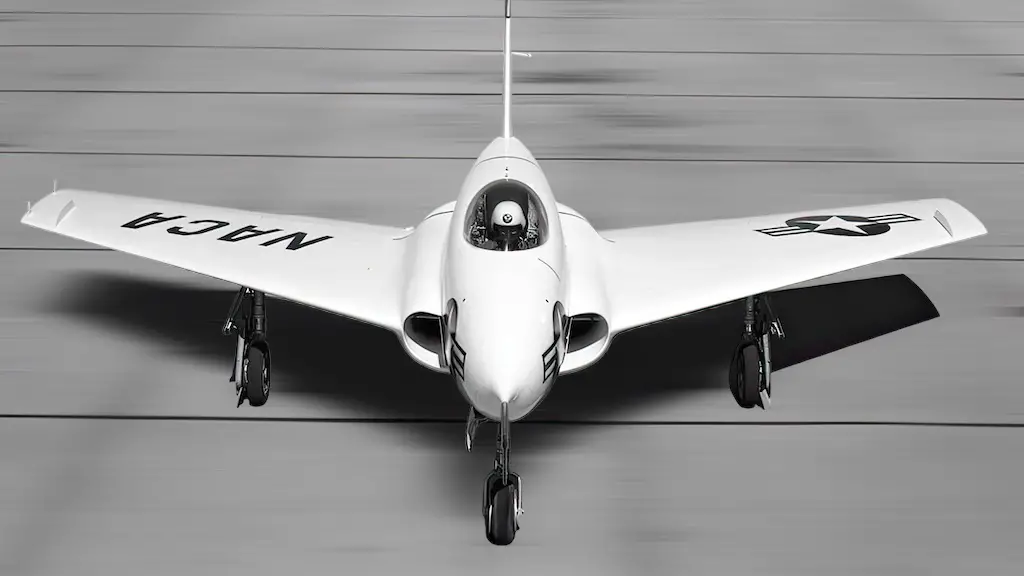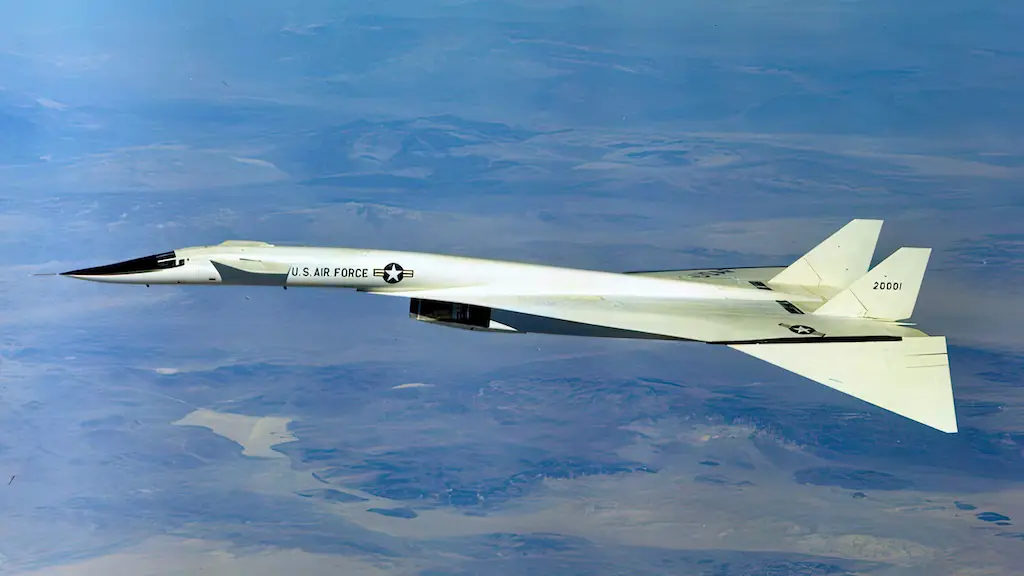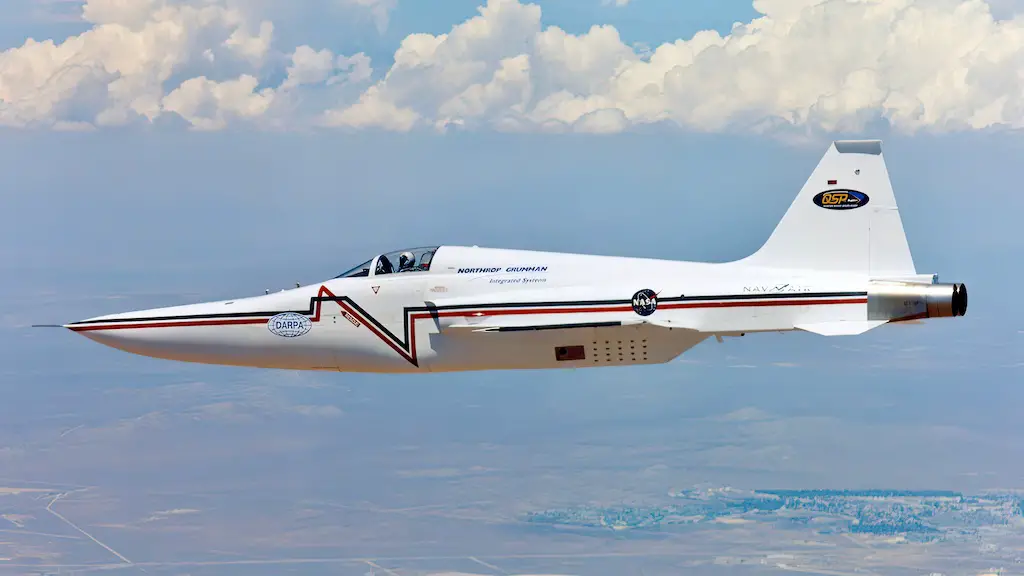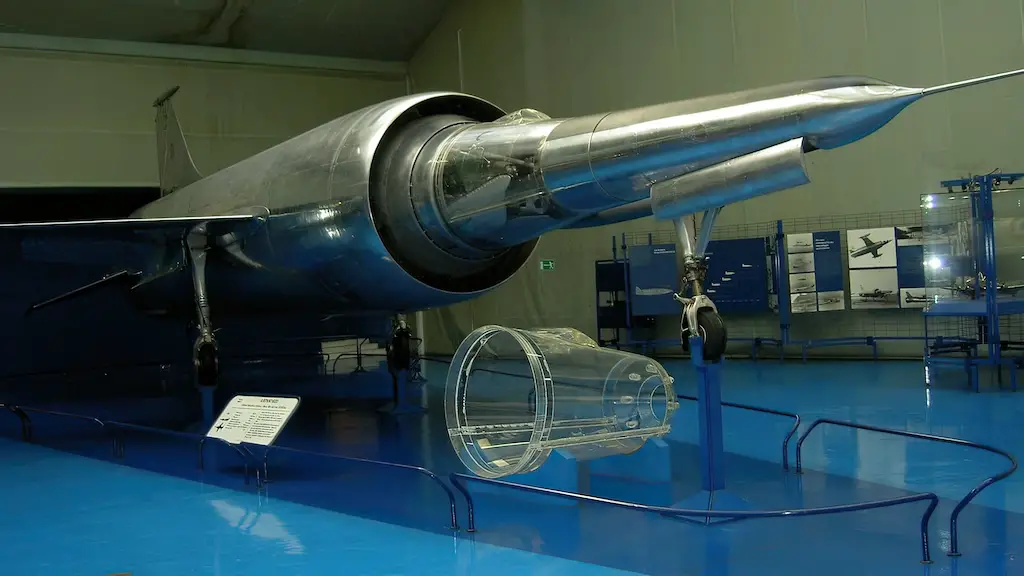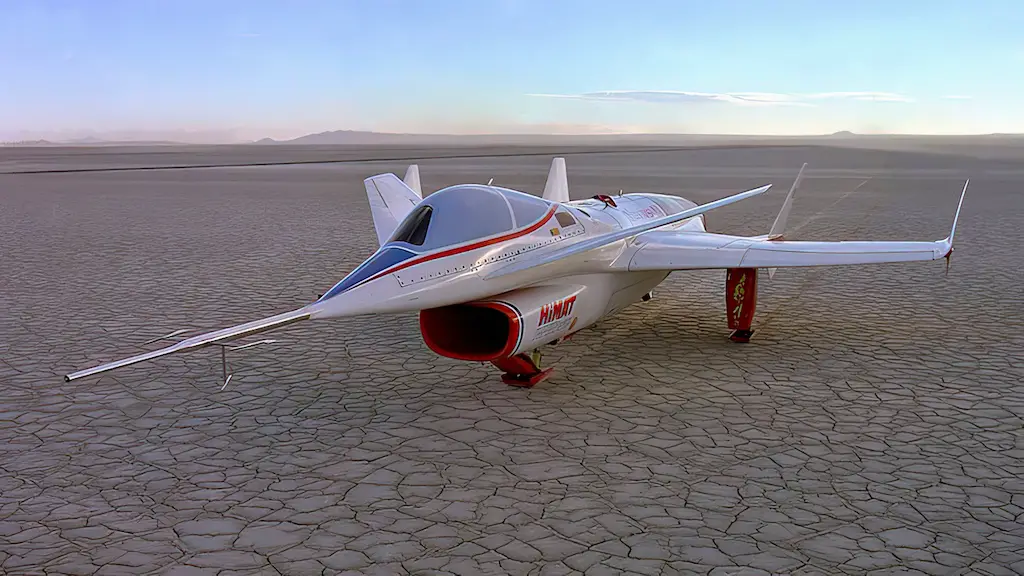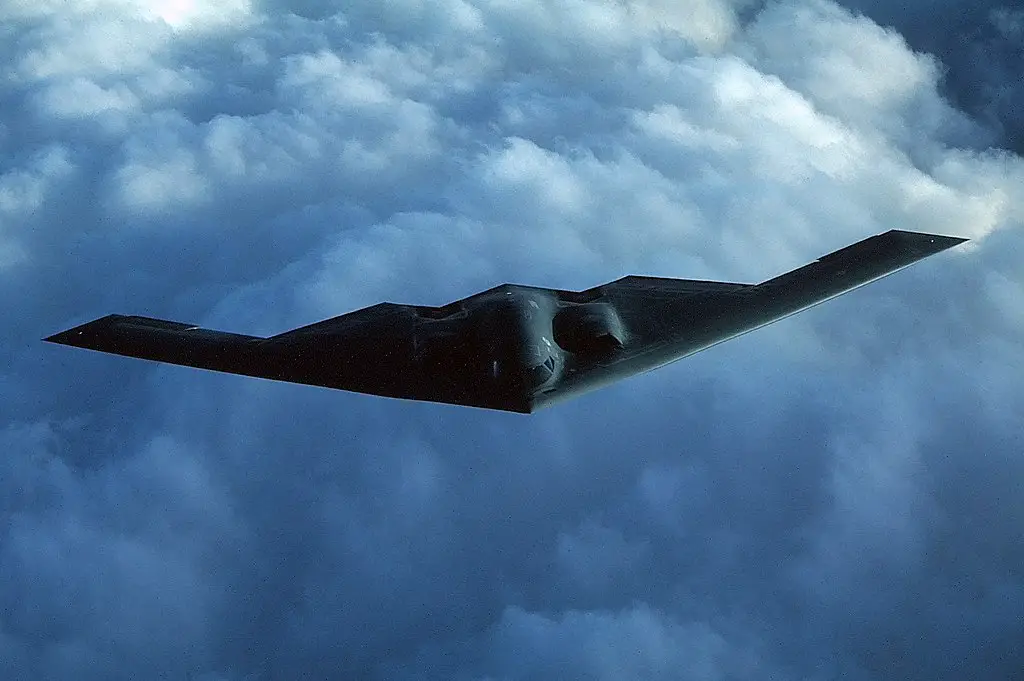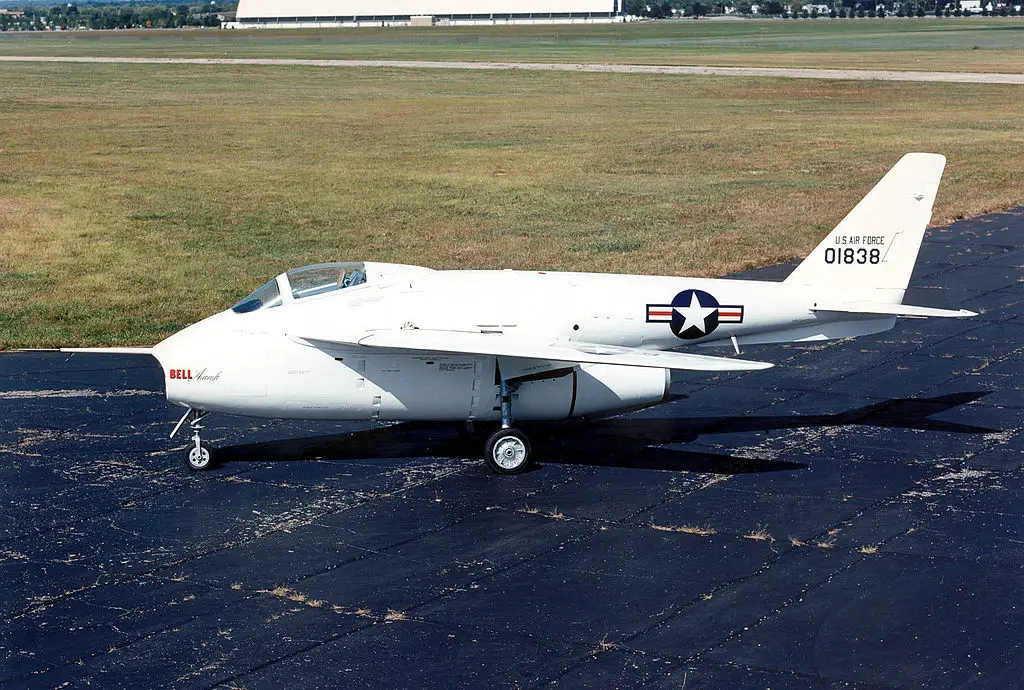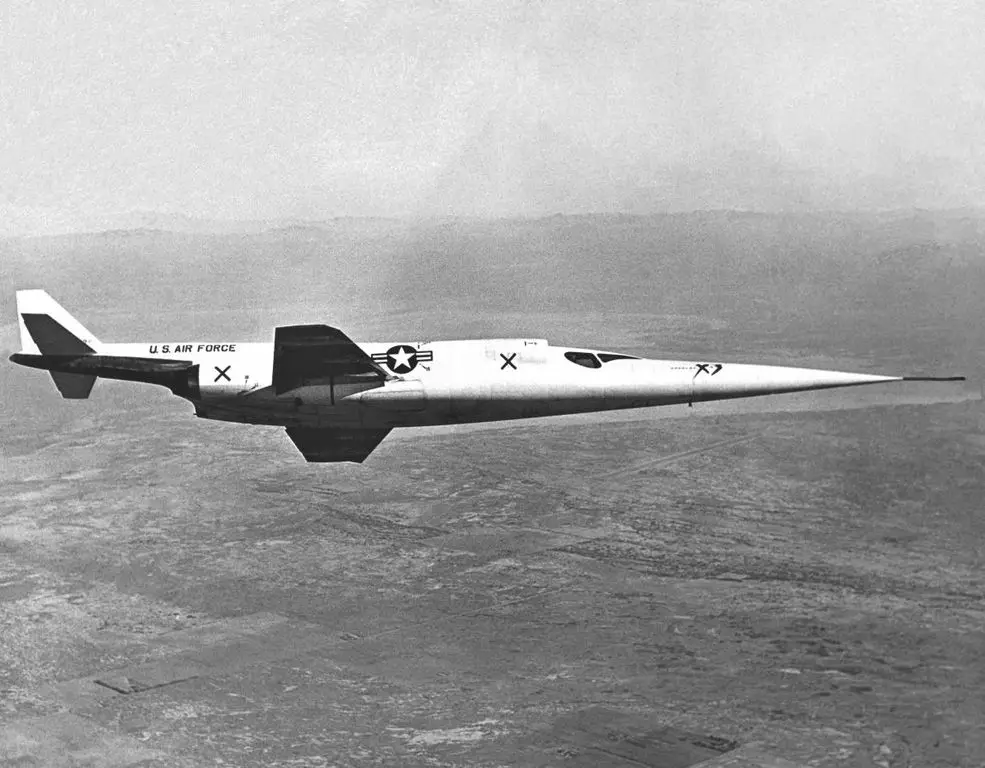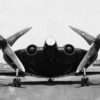The Northrop X-4 Bantam, a small, experimental twinjet aircraft, was developed in the late 1940s to explore the uncharted territory of tailless aircraft design. With its unique characteristics, the X-4 Bantam has left a lasting impact on the aviation industry, despite its cancellation. This article delves into the development, test flights, flight characteristics, legacy, and cancellation of this fascinating aircraft.
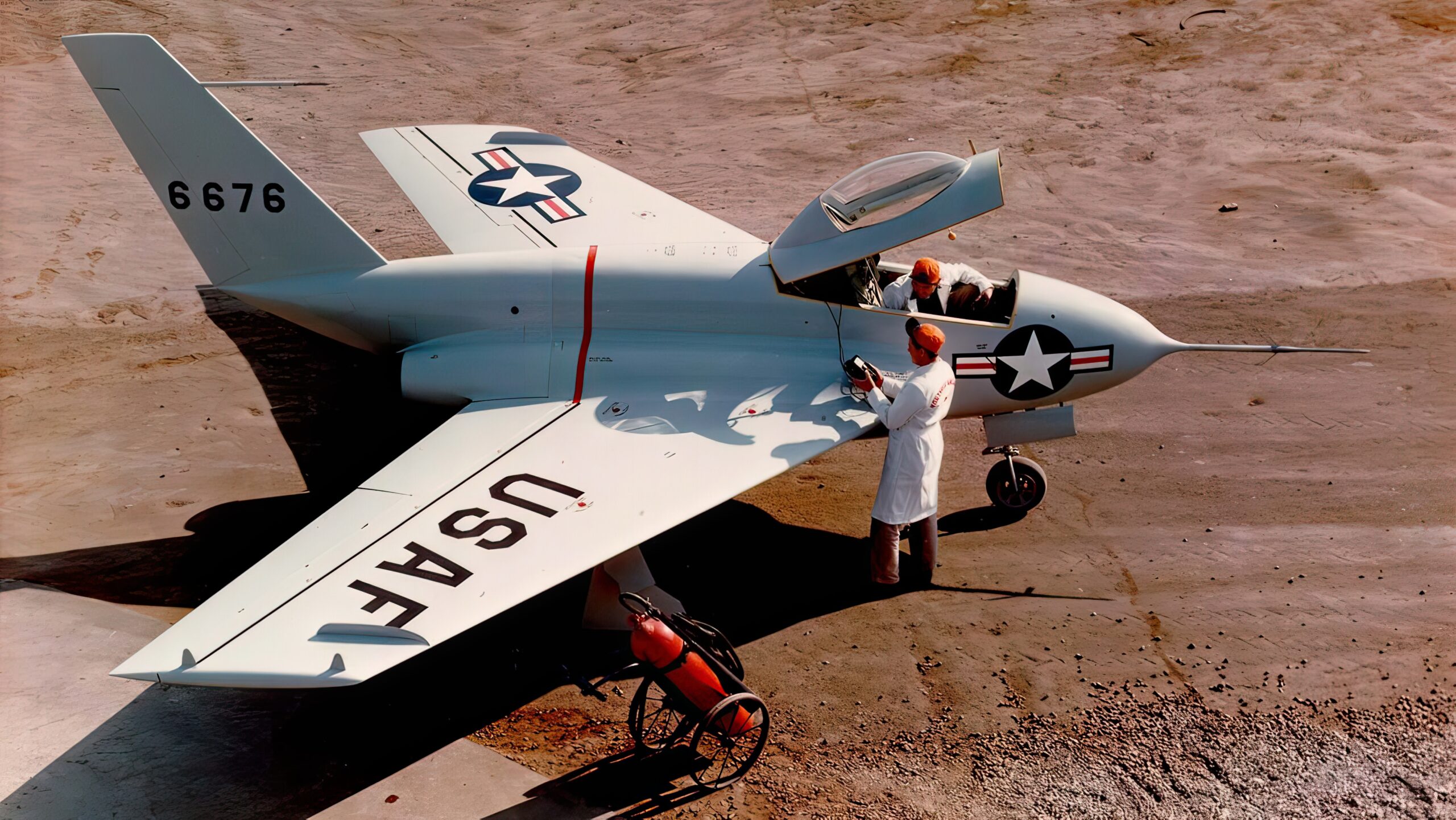
Development History
The X-4 Bantam’s development began in 1945 when the United States Air Force (USAF) invited aircraft manufacturers to submit their designs for a tailless, transonic aircraft. Northrop Corporation, under the leadership of aviation pioneer Jack Northrop, was one of the few companies that took up the challenge. Northrop’s submission was a small, twinjet, semi tailless aircraft, which was eventually designated as the X-4 Bantam. The contract for two prototypes was awarded in 1946, and the first prototype made its maiden flight on December 15, 1948.
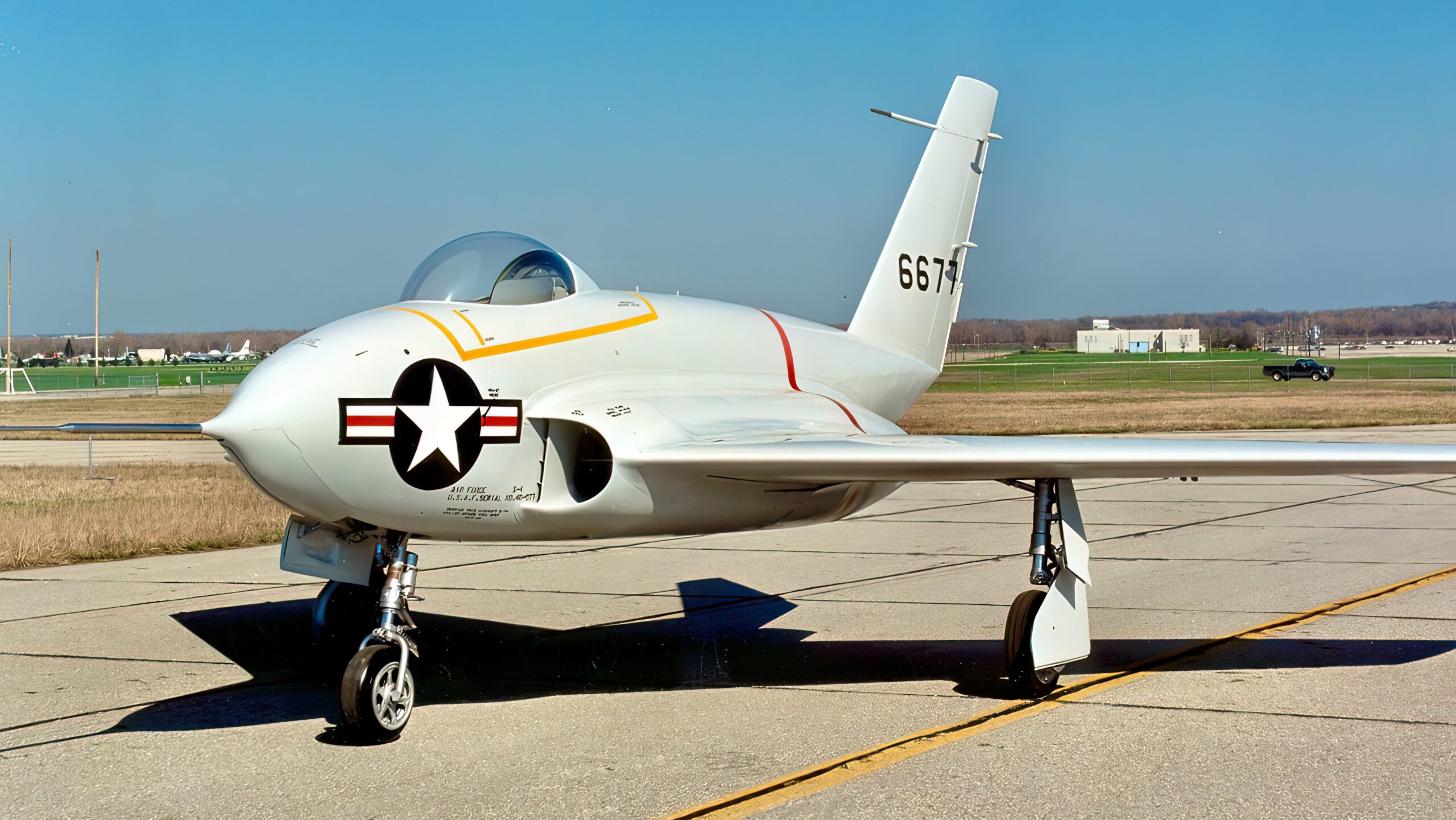
Pushing the Boundaries of Aerodynamics
Between 1948 and 1953, the two X-4 Bantam prototypes underwent extensive test flights at Muroc Air Force Base, later renamed Edwards Air Force Base. The primary goal of these tests was to study the stability and control characteristics of tailless aircraft at high speeds. Test pilots, including celebrated aviators like Chuck Yeager, flew the X-4 Bantam, reaching speeds up to Mach 0.92, just below the speed of sound. However, the X-4 never achieved supersonic flight, as it lacked the necessary engine power.
The Unique Challenges of a Tailless Design
The X-4 Bantam’s tailless design presented several interesting flight characteristics. The aircraft was highly responsive to control inputs, making it sensitive to pilot-induced oscillations (PIO). Additionally, the absence of a tail made the aircraft susceptible to Dutch roll, an uncoordinated motion involving simultaneous yawing and rolling. To counteract these issues, pilots had to make precise control inputs and maintain constant vigilance throughout the flight. Despite these challenges, the X-4 Bantam provided invaluable insights into the handling qualities of tailless aircraft.
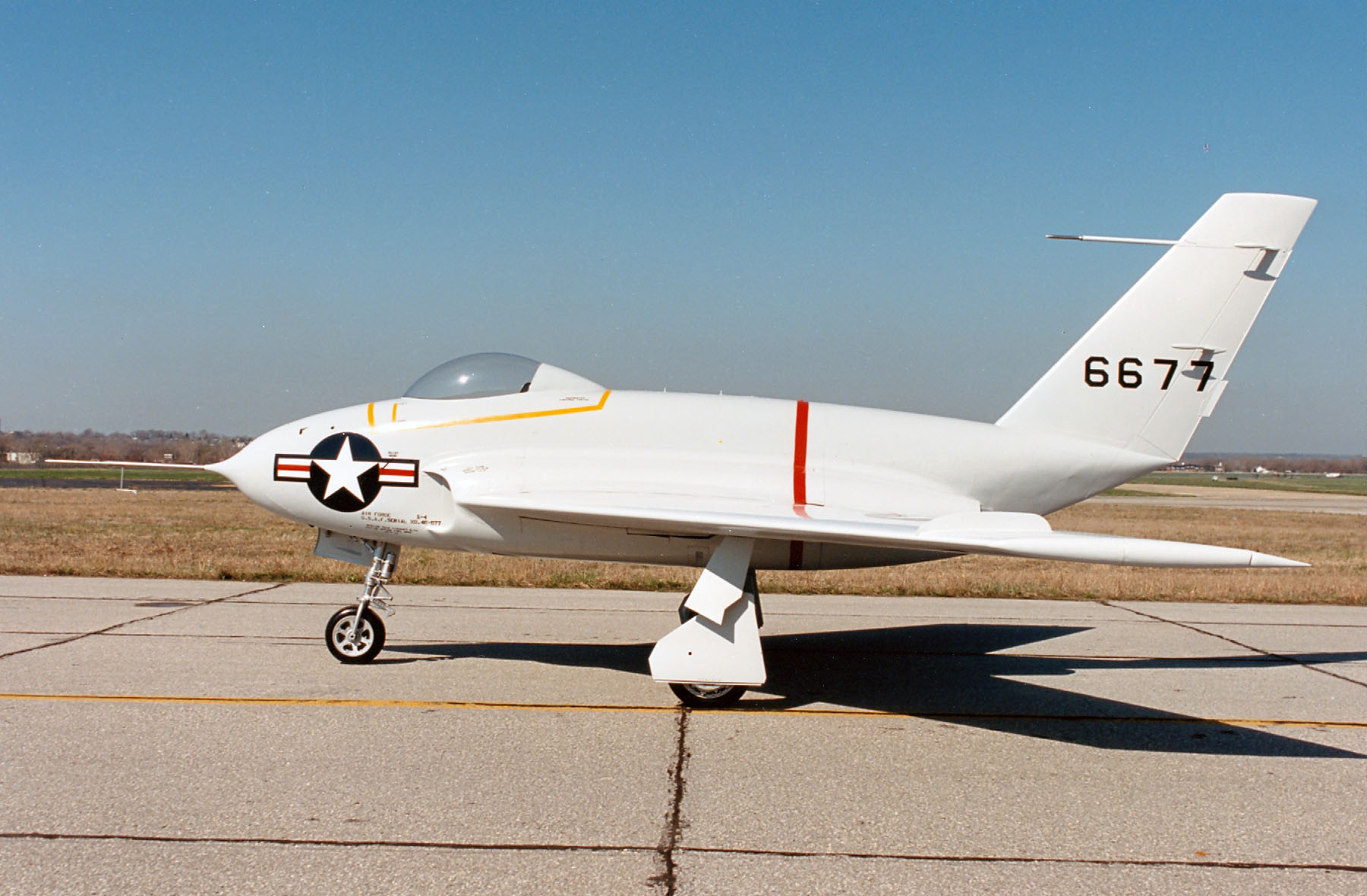
The X-4 Bantam’s Enduring Impact
Although the X-4 Bantam’s program was short-lived, the data collected from its test flights significantly contributed to our understanding of tailless aircraft design. The knowledge gained from the X-4’s flight tests would later influence the development of the Northrop B-2 Spirit stealth bomber and other modern aircraft. Moreover, the X-4 Bantam’s research on Dutch roll led to the development of the yaw damper, a crucial flight control system in contemporary aviation.
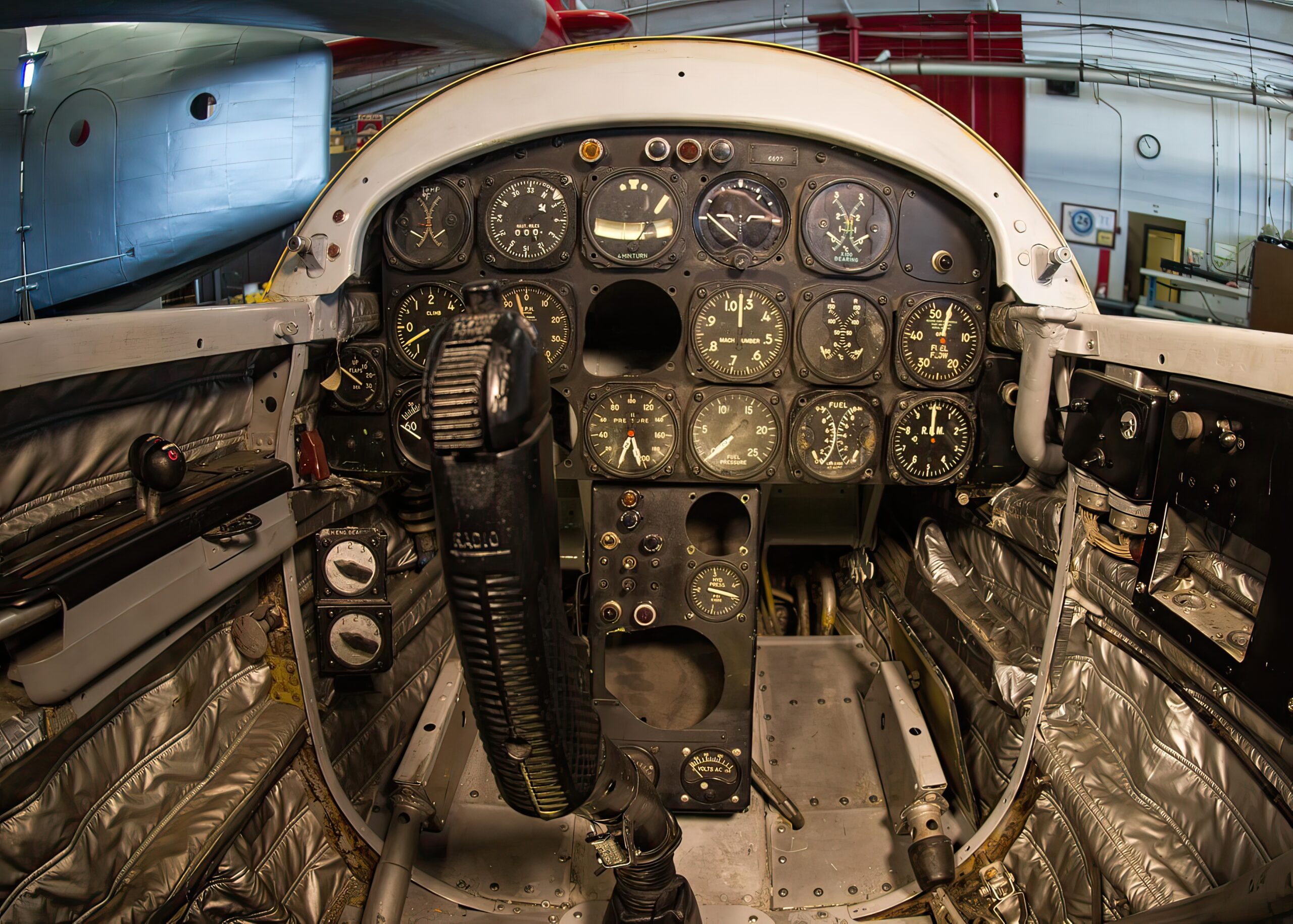
Cancellation
The X-4 Bantam program was officially cancelled in 1953, primarily due to the aircraft’s inability to achieve supersonic flight. Advances in aerodynamics and control systems rendered the X-4 Bantam obsolete, as newer aircraft like the Bell X-5 and Douglas X-3 Stiletto were capable of achieving supersonic speeds. Despite its cancellation, the X-4 Bantam remains an important chapter in the history of experimental aircraft and a testament to the innovative spirit of aviation pioneers.

